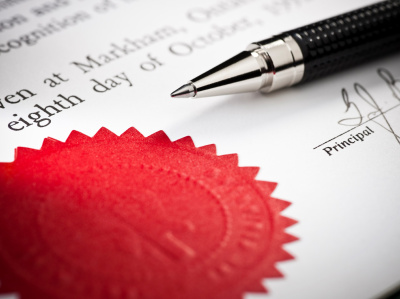Apostilles for Austria
Austria ratified the Hague Convention of 1961 to simplify document certification procedure by way of the Apostille stamp on November 14, 1967. Then, by January 13, 1968, the Convention already entered into effect on the territory of Austria.
Once an apostille is stamped, there are two options to choose from for the next step in preparing one's documents for Austria:
- having a translation performed into German on the territory of the Russian Federation and then having the translation notarized;
- having a translation performed into German by a sworn translator on the territory of Austria.
REMEMBER! Always ask your host party how they will be willing to accept your documents, whether they need an apostille (as a rule, they do need one), and whether they need a notarized translation into German (as a rule, this is done after the foreigner’s arrival in Austria).
Other articles on the topic
View articles
Apostilles
These days just about everybody runs into a situation where they have to certify documents in order to complete a particular task that they're looking to do in another country, whether that be for a short-term leave, education, work, moving to live in a new residence in another country permanently, etc.
...

Expedited certification services
Consular certification procedure in Russia consists of 5 stages:
...

Apostilles for other documents
In rare cases, the Apostille stamp is to be placed on the originals of other documents, such as those issued by court authorities of the Russian Federation, the Federal Registration Service of the Russian Federation, or the authorities of the Ministry of Justice of the Russian Federation. In order to guarantee that you receive an Apostille stamp on a document such as these, you will be required to obtain consent from the government authority, which will take 1 to 2 business days.
...


